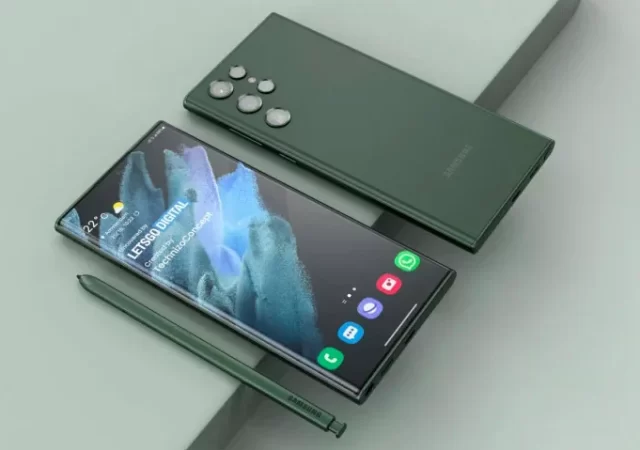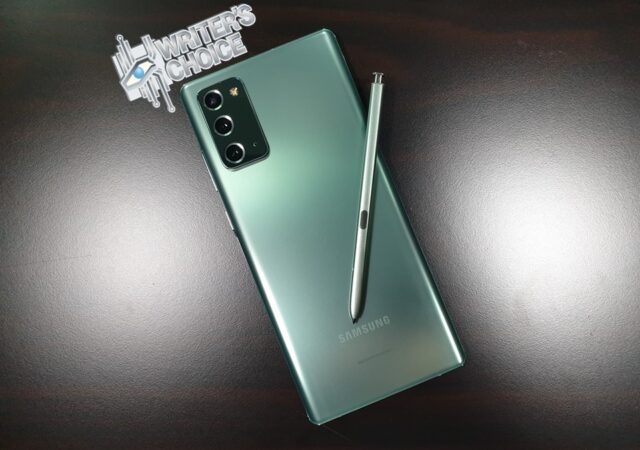Samsung is set to announce their new Galaxy S22 series in a few days. Here’s everything you need to know about the upcoming flagship.
Samsung Galaxy Note20 5G In-Depth Review – The One You Should Get
We reviewed the Samsung Galaxy Note20 and we liked it. We think this should be the Galaxy Note to buy at MYR 4,299.




